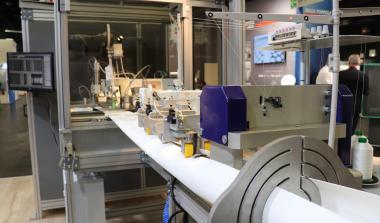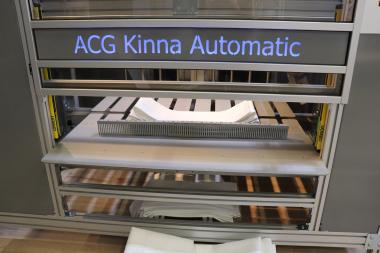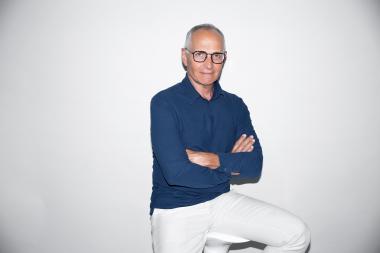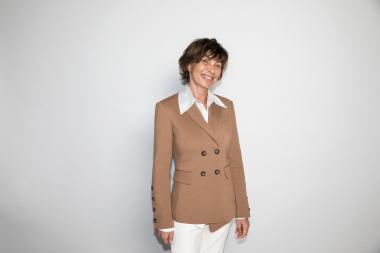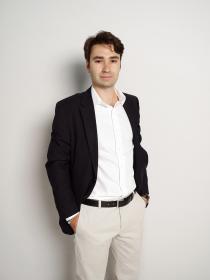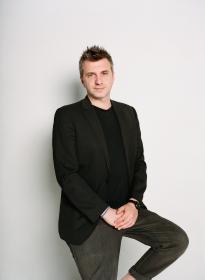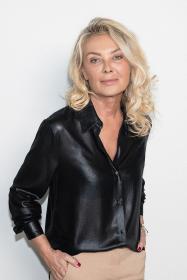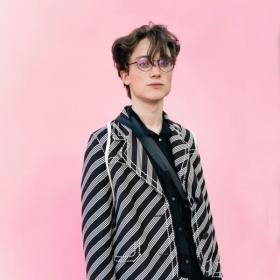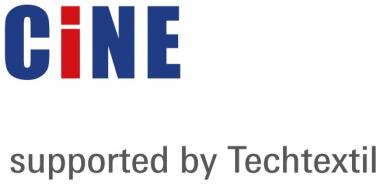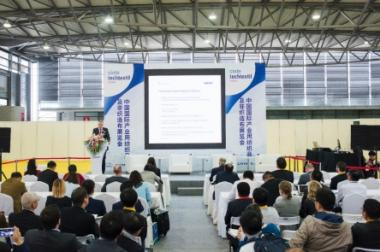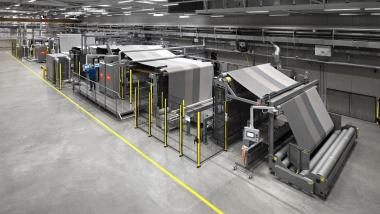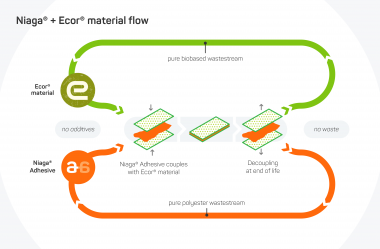ACG Kinna and ACG Nyström teamed up with Juki Corporation
In the latest technology innovation from members of TMAS (the Swedish textile machinery association), ACG Kinna and ACG Nyström have teamed up with Juki Corporation – the world’s leading sewing machine manufacturer – in the development of a new automated line concept that can considerably speed up the production of finished filter bags.
Woven or nonwoven filter bags employed in a wide range of industrial processes may be under the radar as products, but they represent a pretty significant percentage of technical textiles production.
According to a recent report from BCC research, a leading US analyst covering this sector, industrial filtration represented a $555 million market in 2019 and some of the key areas where such filter bags are employed include:
- Metal fabrication, with effective filtration required for manual and automated welding, thermal cutting, blasting and machining, especially for coolant filtration.
- The process and energy industries, including foundries, smelters, incinerators, asphalt works and energy production plants.
- Other key manufacturing fields – often where dust is generated – including the production of timber, textiles, composites, waste handling and minerals, in addition to chemicals, food production, pharmaceuticals, electronics and agriculture.
Line integration
The new SFL-2000 line is the result of a four-year development project between Juki Central Europe, headquartered in Poland, and the two ACG companies.
It is capable of handling a wide range of different filter media, and as an all-in-one solution, can produce high quality and accurate seams to pre-defined parameters, with optional modules allowing for customised constructions.


